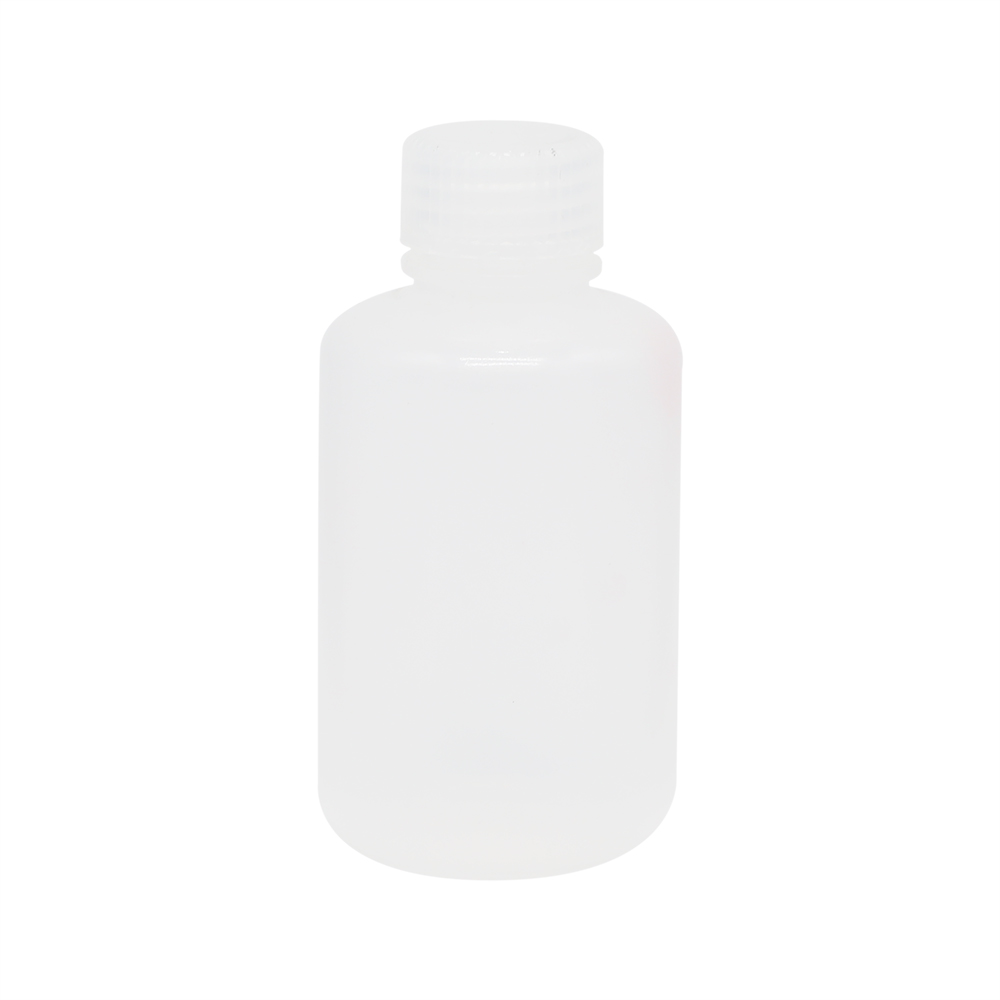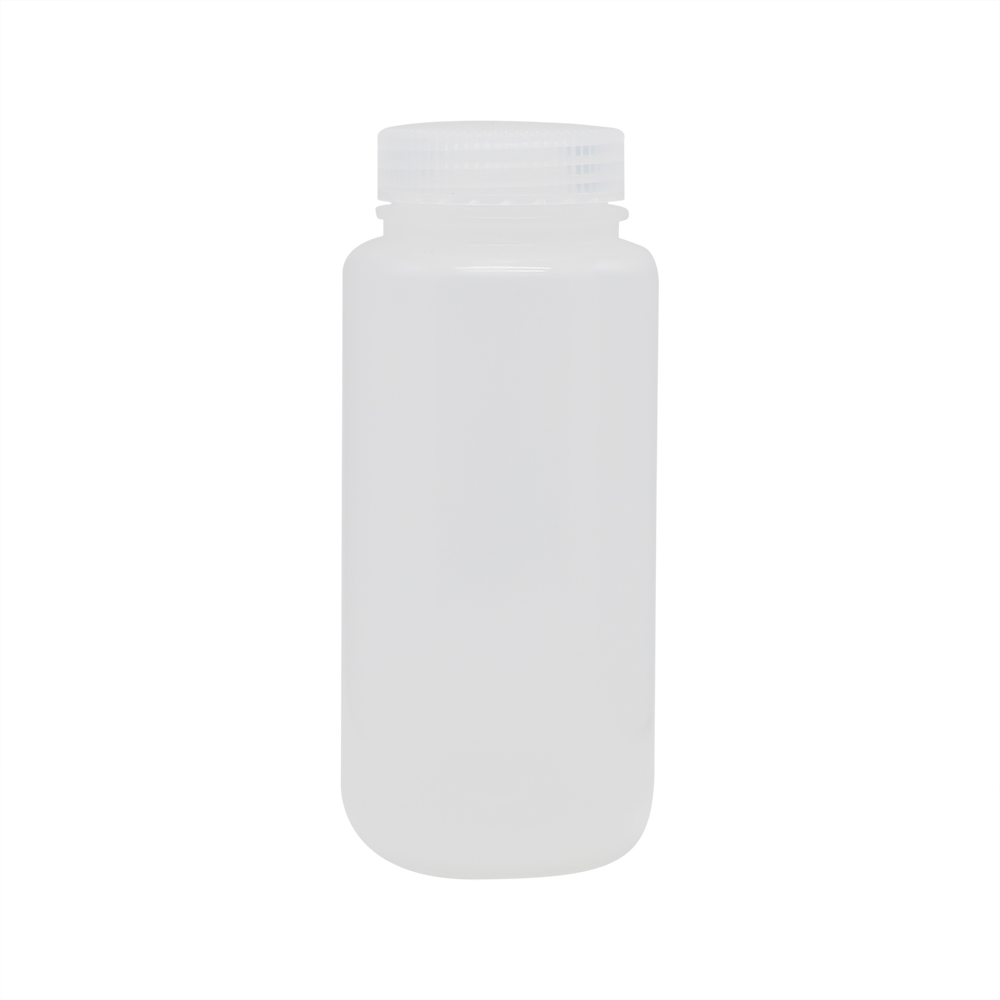Introduction
In the intricate world of laboratory research, precision and reliability are paramount. Every scientific experiment or analysis heavily relies on the quality and integrity of the chemicals and reagents used. Among the essential apparatuses, reagent bottles play a crucial role in preserving the efficacy of these substances. In this context, the discussion of the advantages of brown glass over other materials for reagent bottles in laboratories becomes pivotal.

Properties of Brown Glass
Brown glass, also referred to as amber glass, constitutes a carefully engineered material known for its distinctive features crucial in laboratory settings. Comprised primarily of silica, sodium oxide, and calcium oxide, the composition of brown glass is precisely calibrated to achieve its remarkable properties.
- Light-Blocking Properties
The standout feature of brown glass lies in its ability to effectively filter out a significant portion of harmful ultraviolet (UV) and infrared (IR) radiation. This light-blocking capability is instrumental in safeguarding light-sensitive substances, such as certain pharmaceuticals or reagents used in biochemical assays. The amber hue of brown glass is specifically designed to attenuate the transmission of wavelengths that can catalyze chemical reactions or degrade the potency of contents within the bottle.
- Chemical Resistance
Another pivotal attribute of brown glass is its exceptional chemical resistance. This resistance extends to a broad spectrum of chemical compounds, shielding the enclosed reagents from interactions that might compromise their composition or efficacy. This resistance makes brown glass reagent bottles suitable for housing a wide array of substances, from corrosive acids to delicate organic compounds, without undergoing detrimental changes.
- Durability and Reusability
Brown glass reagent bottles boast impressive durability, ensuring the integrity of the stored substances over extended periods. This durability is underscored by its robustness against physical impact and its ability to withstand variations in temperature without compromising structural integrity. Additionally, the reusable nature of brown glass aligns with sustainable laboratory practices, reducing the need for frequent disposal and minimizing environmental impact.
- UV Protection and Shelf Life Extension
The light-filtering properties of brown glass not only shield reagents from degradation but also extend their shelf life. By significantly reducing exposure to light, brown glass reagent bottles play a pivotal role in preserving the stability and efficacy of light-sensitive contents, ensuring that these reagents maintain their intended properties for longer durations.
- Preservation of Integrity
The combination of these properties—light-blocking capabilities, chemical resistance, durability, and shelf life extension—culminates in the primary purpose of brown glass reagent bottles: preserving the integrity of the enclosed substances. This preservation is essential in ensuring the accuracy and reliability of experimental results in laboratories, underpinning the significance of brown glass in scientific research and experimentation.
In essence, the meticulous engineering behind the properties of brown glass caters specifically to the stringent demands of laboratory environments. Its ability to effectively shield sensitive contents from detrimental factors while maintaining structural integrity and reusability makes it a cornerstone in the realm of laboratory reagent storage.
Comparison with Other Materials
When evaluating the suitability of reagent bottle materials, various options are available, each with its own set of advantages and limitations. Brown glass stands out prominently when juxtaposed with alternative materials like clear glass, plastics (HDPE or PET), metals, and other glass variants such as amber glass.
- Clear Glass
Clear glass, often aesthetically pleasing, lacks the light-filtering capabilities inherent in brown glass. Its transparency, while useful for visibility, becomes a significant disadvantage when storing light-sensitive reagents, as it allows UV and IR radiation to penetrate the bottle, potentially compromising the contents' integrity.
- Plastics (HDPE or PET)
Plastics, notably High-Density Polyethylene (HDPE) and Polyethylene Terephthalate (PET), offer lightweight and shatter-resistant properties. However, they fall short in terms of chemical resistance and protection against light. Plastic bottles are susceptible to chemical interactions, potentially leading to leaching or contamination of stored reagents. Moreover, their transparency poses similar risks to clear glass in exposing contents to light, impacting the stability of light-sensitive substances.
- Metals
While metals like stainless steel or aluminum exhibit durability and inertness, they are less commonly used for reagent bottles due to their lack of transparency. The inability to observe the contents without opening the bottle poses challenges in identifying and monitoring the quantity and condition of the stored reagents.
- Amber Glass and Other Variants
Amber glass, similar to brown glass, offers some degree of light protection. However, its light-blocking properties might be comparatively lower than those of brown glass, potentially allowing more light to penetrate the bottle and affect light-sensitive substances.
Advantages of Brown Glass Over Other Materials
Brown glass triumphs over these alternatives due to its unique combination of properties. Its ability to effectively filter out harmful UV and IR radiation, coupled with robust chemical resistance and durability, positions it as an ideal choice for preserving the integrity of sensitive reagents in laboratories. Unlike clear glass and plastics, brown glass ensures enhanced protection against light-induced degradation while maintaining structural integrity and chemical stability.
Applications and Suitability
The advantages of brown glass reagent bottles extend across various scientific domains. In pharmaceuticals, where light-sensitive drugs demand protection, brown glass offers a secure storage solution. Similarly, in biochemical assays and analytical chemistry, where reagents are sensitive to environmental factors, brown glass ensures stability and reliability. However, it's essential to acknowledge scenarios where other materials may be preferable, such as for non-light-sensitive reagents or when lightweight, disposable options are warranted.
Maintenance and Longevity
Maintenance of brown glass reagent bottles is relatively straightforward. Regular cleaning and sterilization procedures maintain their integrity and ensure reusability. The durability of brown glass promotes a longer lifespan compared to plastic counterparts, contributing to reduced environmental impact and cost-effectiveness over time. This factor aligns with the growing emphasis on sustainable laboratory practices.
Conclusion
In conclusion, the advantages of using brown glass reagent bottles in laboratories are unequivocal. Their ability to safeguard light-sensitive contents, resist chemical interactions, and promote sustainability makes them an indispensable asset in scientific research and experimentation. However, the choice of material for reagent bottles should always be guided by specific application needs. Nevertheless, the reliability, durability, and protective nature of brown glass position it as a prime choice for preserving the integrity of crucial reagents in laboratory settings.
Related Products





